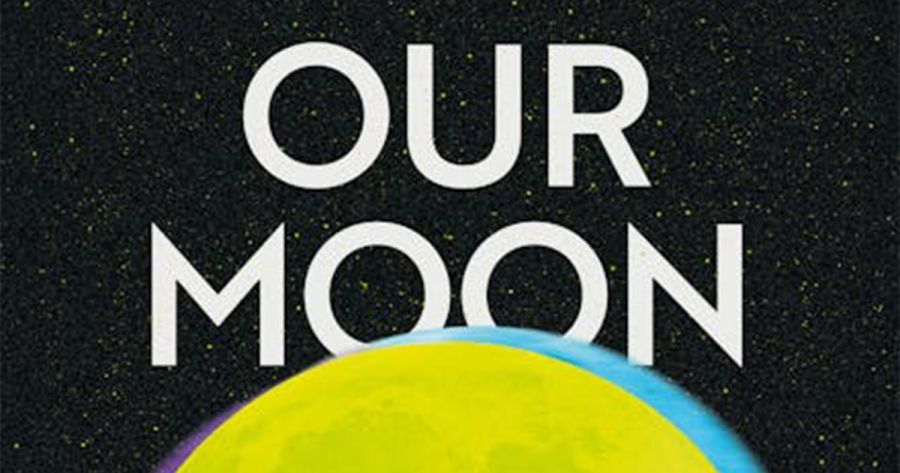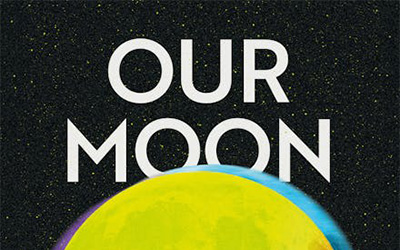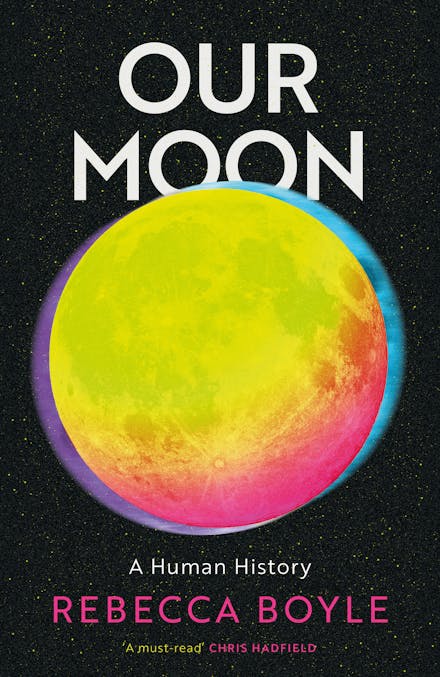
- Free Article: No
- Contents Category: Space
- Review Article: Yes
- Article Title: Ode to the Moon
- Article Subtitle: Earth’s unique, life-sustaining partner
- Online Only: No
- Custom Highlight Text:
During a recent lunar eclipse, I marvelled as Earth’s shadow nibbled away the Moon’s light. This creeping shadow testified to the awesome movement of the celestial spheres, Earth inching along its trajectory around the Sun while the Moon fell around Earth until, on this special night, all three bodies were closely aligned in the same plane: Sun, Earth, Moon. A related alignment occurs each month, when the Sun’s light is reflected from the full, uninterrupted Moon. We can see it because the Moon orbits Earth in a slightly different plane from that of Earth’s motion around the Sun. But on this night, the Moon was passing through a point where these two planes intersected, so that Earth directly blocked the light from Sun to Moon.
- Featured Image (400px * 250px):

- Alt Tag (Featured Image): Robyn Arianrhod reviews ‘Our Moon: A human history’ by Rebecca Boyle
- Book 1 Title: Our Moon
- Book 1 Subtitle: A human history
- Book 1 Biblio: Sceptre, $34.99 pb, 336 pp
- Book 1 Cover Small (400 x 600):

- Book 1 Cover (800 x 1200):

Two hours after those first shadow bites, the fully eclipsed, rust-coloured Moon appeared – rusty because Earth’s atmospheric shell does allow some light through, especially orange and red light. These colours have the longest wavelengths, so they can more easily slip past the molecules in Earth’s atmosphere without bouncing off and being scattered away; the atmosphere refracts this escaping light towards the Moon, which then reflects it back to us. It is the same physics that gives us red sunsets: as the Earth rotates away from the Sun, the evening light needs a longer path to reach us, travelling through more atmosphere than during the day; blue light is scattered away while red slips through.
Sunsets and eclipses, moonrises and starry skies, all are marvellous to behold – the kind of shared human experiences that science journalist Rebecca Boyle explores in her first book, Our Moon: A human history. She knows we all have sky stories to tell, some scientific, some numinous, and some with cultural significance – stories that connect us to our ancestors, including those whose years of extraordinary patience produced the first records of the Sun’s and the Moon’s paths. Boyle outlines the work of the ancient Mesopotamians and Egyptians who left the most detailed of the early astronomical records, some five thousand years ago – and of the Greeks who used those records to form the basis of modern scientific astronomy. But she also introduces lesser-known players, such as the makers of a strange series of pits in Scotland’s Warren Field.
Boyle tells a thrilling tale about these ten-thousand-year-old pits – twelve of them, graduated in size from smallest to largest and back. One theory is that they combine the phases of the Moon and the (approximately) twelve lunar months, while their alignment to sunrise on the winter solstice resets the months to the solar year so that they represent the very first true calendar. Not everyone agrees, but Boyle presents a compelling case that these pits ‘mark the first time humans figured out how to predict future time’. Such a ‘monumental shift in thinking’ would enable people to predict and prepare for seasonal fishing, hunting, and gathering, and Boyle gives other examples from a range of cultures. She also makes the interesting case that, in the history of astronomy, practical calendar-making came first, then religion, and finally science – and she covers well all three of these developmental phases.
Boyle is interested not so much in the Moon itself, but in what it has meant to us humans, and she cleverly shows the scientific enterprise as one of many ways in which we have told stories about the Moon. But Our Moon begins long before humans gazed at the sky – long before we even existed – with the story of the formation of the Earth-Moon system itself. Yet even here we remain in focus, for Boyle points out that it is unusual for a planet to have a single, large moon, and that this unique partnership quite possibly gave birth to life itself. For instance, the Moon is not so large that its gravity distorts Earth’s orbit, but it is large enough – and ‘bears so much of the angular momentum of the Earth-Moon system’ – that it stabilises the tilt of Earth’s axis, thereby stabilising the seasonal cycles that most living organisms depend on. Boyle also shows how scientists discovered the existence of genetic lunar (as well as circadian) clocks, and how the Moon may be linked to the evolution of the first land-dwelling creatures that crawled out from the sea.
Our Moon contains many other fascinating facts, including what the Moon rocks collected by Apollo astronauts have taught us about the geology and formation of Earth, why the Moon looks silvery, and much more. Boyle draws on a wide range of disciplines: astronomy, geology, archaeology, genetics, evolution, physics, chemistry, religion, history, technology, indigenous cosmologies. She tends to favour information (and occasionally hyperbole) over explanation; for instance, all she says about the physics of lunar eclipses is that the Sun and Moon are 180 degrees apart and the Moon is red because it ‘reflects the sunsets’. Her strength is bringing to life the work of many researchers, both historical and contemporary, famous and otherwise – and she is adept at digging out lesser-known information even for the famous ones. Sometimes she recounts her globetrotting research trips in too much irrelevant personal detail, but she has woven a stimulating story of scientific discovery and the cultural impact of knowledge – with some lyrical writing, too, as befits an ode to the Moon.
By contrast, much of today’s scientific lunar effort is decidedly unpoetic. Boyle critiques the nationalism and private commercialism spearheading current attempts to exploit and lay claim to the Moon, asking: who decides how to treat this ‘special, spectral, spiritual thing, that we all share’? She rightly hopes that any further lunar research will benefit everyone and that we never forget our ancient bond with the Moon, Earth’s unique, life-sustaining partner.


Comments powered by CComment